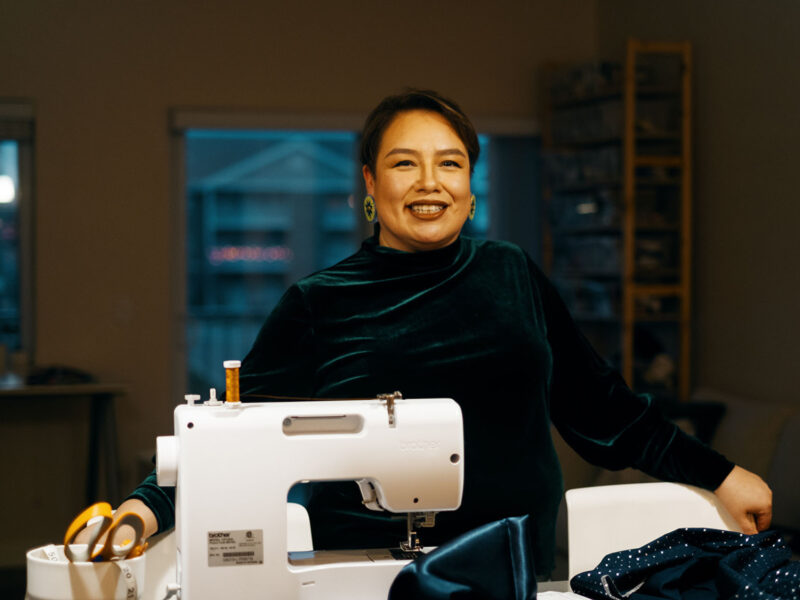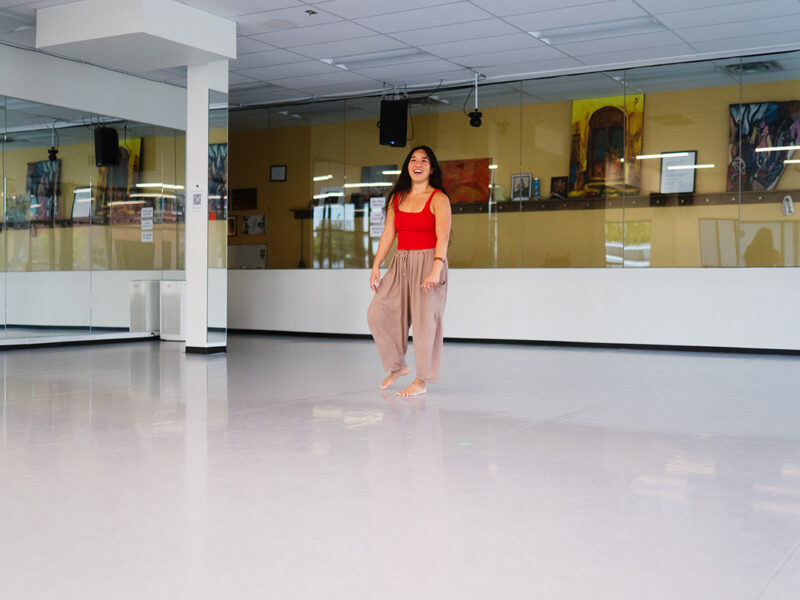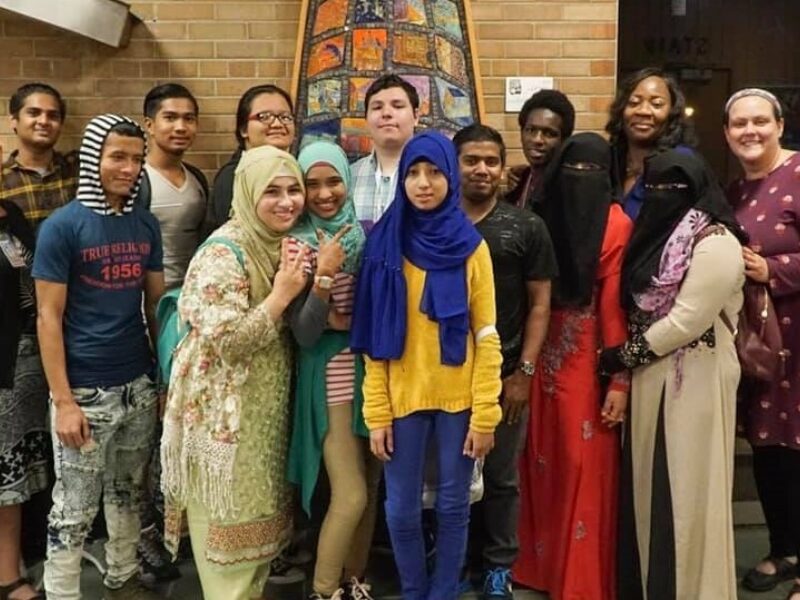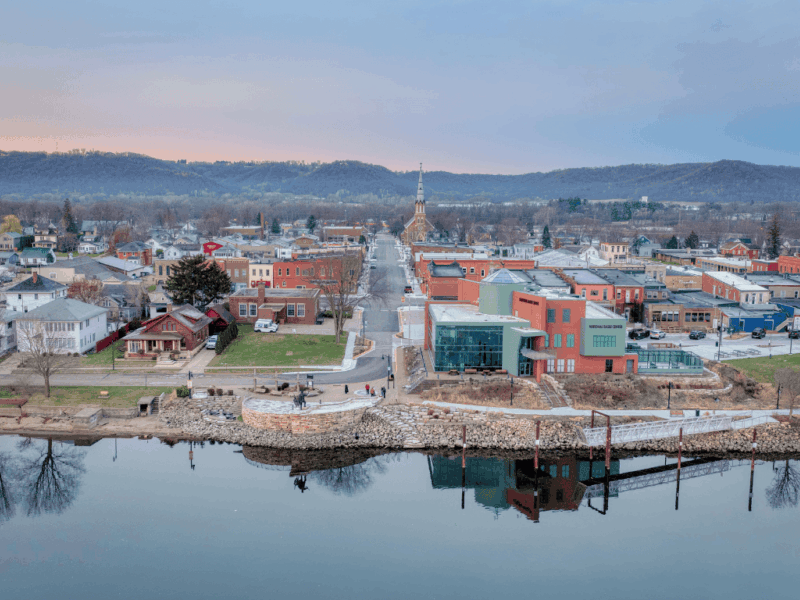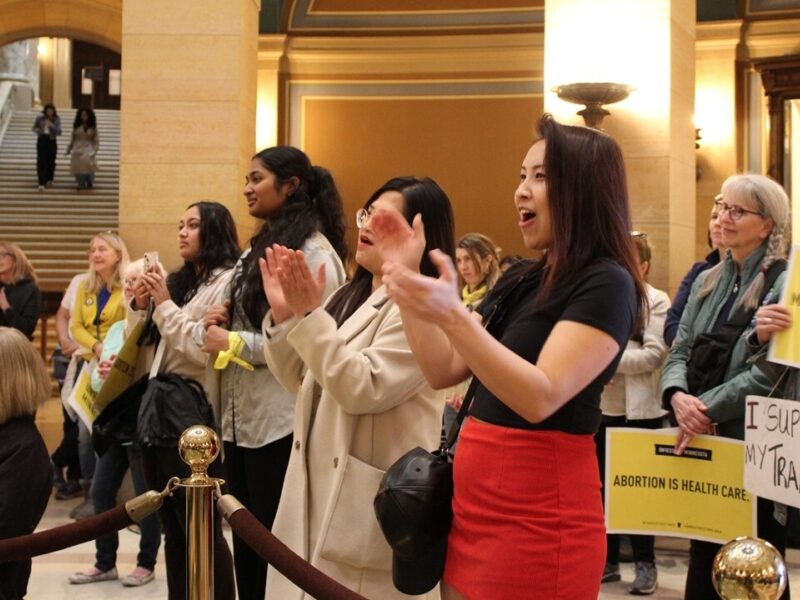Internet access has helped families in Rice County stay connected during the pandemic.

It’s hard to know where we’d be today without the World Wide Web. During the pandemic, we have all learned just how important internet access is to our everyday lives.
This is why the Healthy Community Initiative (HCI) is doing its part to ensure Rice County youth and families are connected. With support from the Partnership for a ConnectedMN, they have provided 400 students, primarily in communities in and around Northfield and Faribault, with access to the internet during this school year.
ConnectedMN is a public-private partnership that aims to ensure that students from high-need and underserved communities have the tools and support they need to participate in digital learning and digital life. The initiative specifically provides support to students who are Black, Indigenous and people of color (BIPOC), and students from low-income families or who reside in rural Minnesota.
We recently talked to HCI’s Executive Director, Zach Pruitt, to learn how ConnectedMN has helped them serve their community.
How did you hear about ConnectedMN and what made you apply?
The opportunity was widely publicized through several statewide listservs. We knew one of the needs that we really heard about in our community was around internet access for kids, particularly with the 2020-21 school year likely to include distance and hybrid learning. We knew that it would be especially important that all families and kids were connected to the internet, so we were drawn to the opportunity and decided to apply.
The pandemic has highlighted just what an important basic need the internet is in today's age. With students having to study from home or in a hybrid model, the internet became essential.
“We made a commitment that a hundred percent of the kids in Rice County who were going to need internet access were going to be able to access it.”
Zach Pruitt

Why is internet access so important to the communities you serve?
We made a commitment that a hundred percent of the kids in Rice County who were going to need internet access were going to be able to access it.
We worked with our school districts who asked us to be a hub for internet access during the school year. In partnership with the schools, we worked with our bilingual staff to reach families they’ve identified as needing internet access. We were able to use the grant to buy additional resources, whether that was enrolling with Charter Spectrum or getting connected to a hotspot with unlimited data. Our staff members, in partnership with our school districts, were able to be liaisons.
Our goal was to be a one-stop-shop, so no matter where you are in the county, you can be connected to internet access and our bilingual staff. That would never have happened without ConnectedMN funding.
The youth you serve are 75 percent students of color. What ethnicities make up this population that would require you to need bilingual support?
In Rice County our two largest students of color populations are the Latinx community and the Somali community.
I have worked to make sure staff can connect to the families who speak Spanish or Somali. We've also partnered closely with the two school districts and their cultural liaisons to help be conduits to families as well.
Has COVID-19 presented any new challenges or exacerbated others?
I think the level of need certainly has increased, as families have faced financial challenges.
We've seen more and more families who’ve had the internet but as a result of financial situations lost it. We expected a big push at the beginning, but have been surprised that the need has been so consistent. We still get regular inquiries from families in need as their financial situations change.
Why do you think technology is so essential to the world we live in today?
I think this pandemic has certainly highlighted how essential technology is in all aspects of our lives today. Whether it's going to school, connecting with friends and family, accessing employment opportunities, mental health resources or entertainment, we see every single day how critical it is.
One of the really important things to us was making sure the internet options we offered came with unlimited data. We felt that by placing limits on their access, we were further exacerbating disparities or reinforcing inequities. We shouldn’t be the gatekeepers of that access.
HCI is one of the many organizations that have received funding from ConnectedMN to ensure urban and rural areas have access to computing devices, critical support services and the internet.


